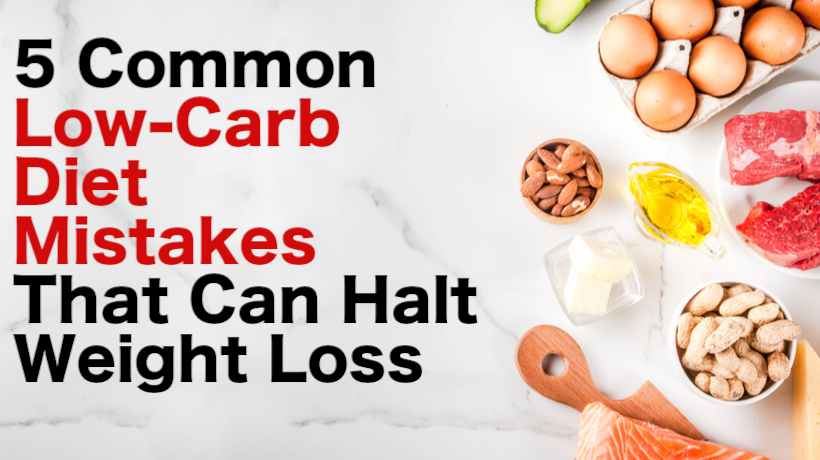Trying a low-carb or keto lifestyle in the New Year, but not seeing results? Here are a few common mistakes that can be made when eating low-carb that can stop you from achieving your weight goals:
You don’t realize how many carbs you’re eating.
Because there is no strict definition of a low-carb diet, anything under 100–150 grams per day is generally considered low-carb. This carb range can give you results when eating healthy, unprocessed foods. If you’re looking to get into ketosis then you will need to limit to 50 grams per day in order to reach ketosis. Try to take into account carbs in all that you’re eating (vegetables, condiments, etc.) and write them down if that helps.
You’re taking in too much protein.
According to the NIH, protein can improve feelings of fullness and increase fat burning better than other macronutrients. So you may think that more protein should lead to weight loss and improved body composition. However, when you eat more protein than your body needs, some of its amino acids will be turned into glucose. This can become a problem on very-low-carb, ketogenic diets.
You might be afraid of eating too much fat.
Some people believe that cutting out fats on a low-carb diet will make your diet even healthier, which is a huge mistake. A fat intake of around 70% of total calories may be a good choice for some people on low-carb or ketogenic diets.
You aren’t replenishing lost sodium.
“On a low-carb diet, your insulin levels go down and your body starts shedding excess sodium — and water along with it. This is why people often get rid of excess bloating within a few days of low-carb eating,” according to Healthline writer Kris Gunnars.
Sources:



